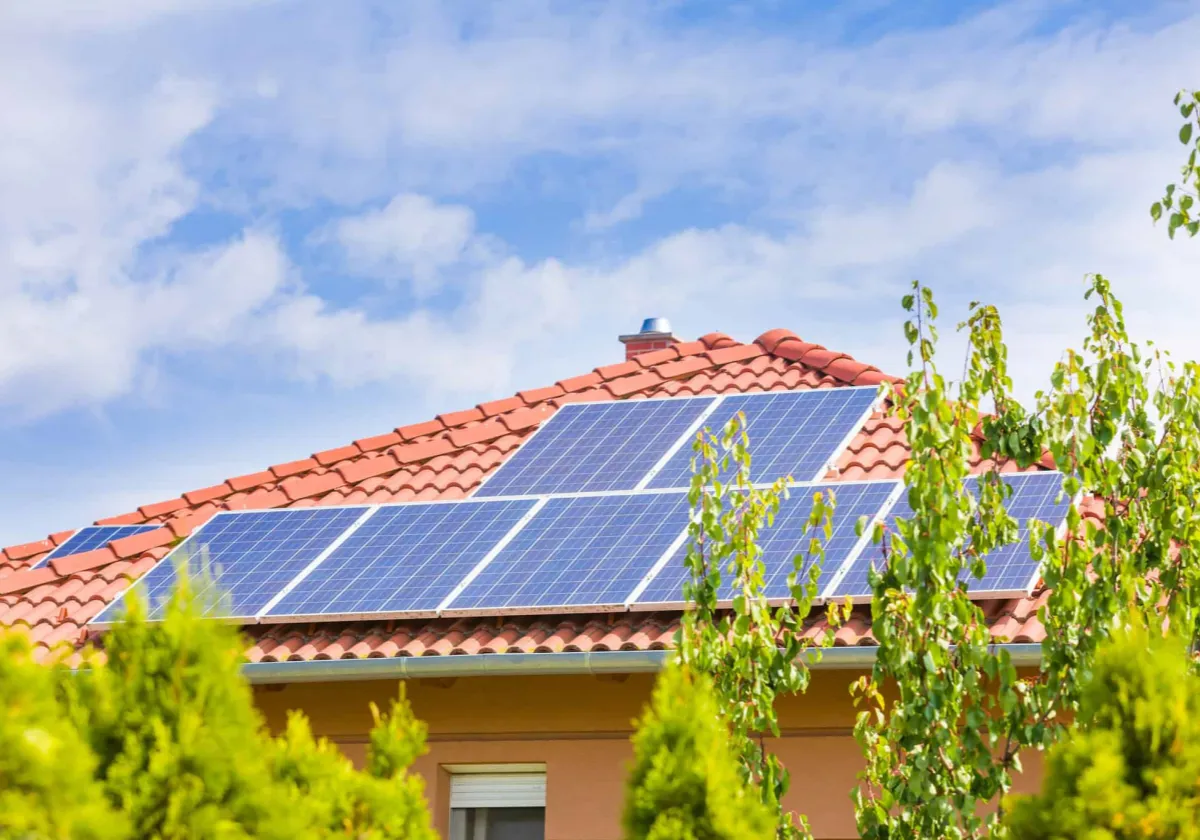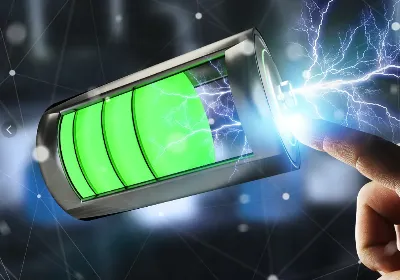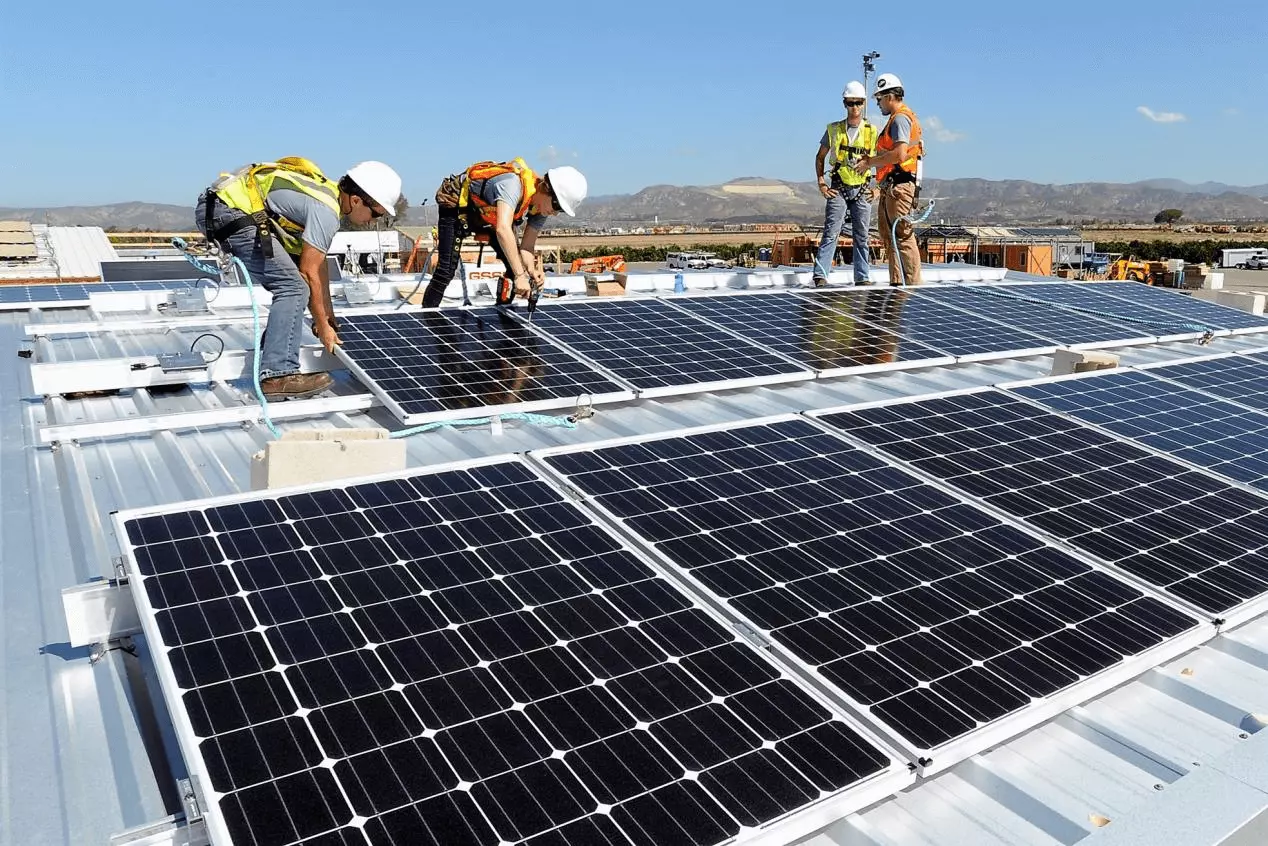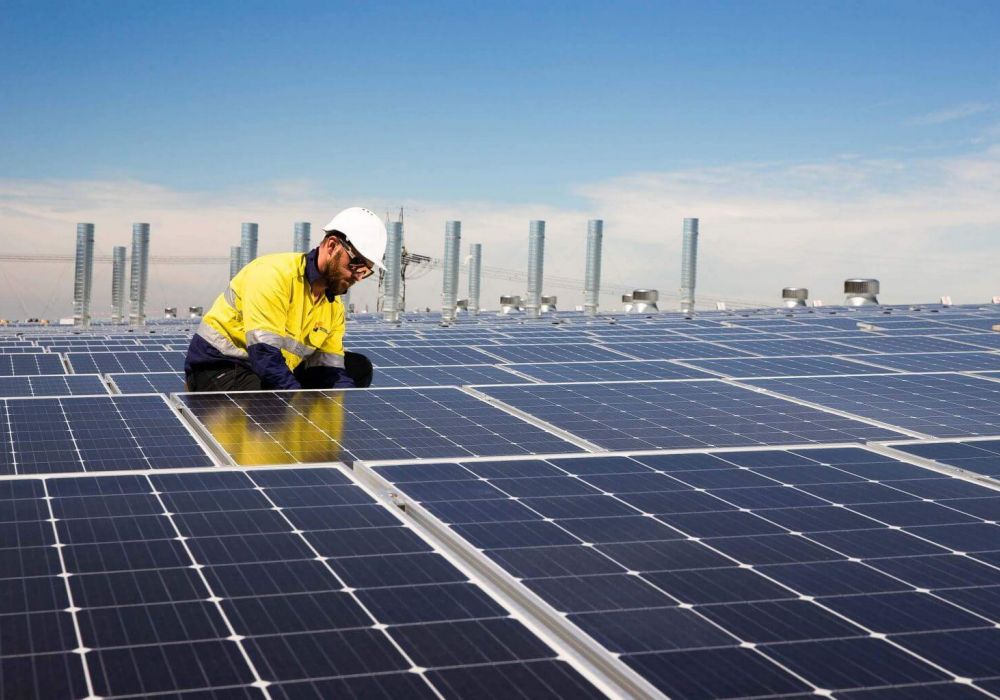How to Protect Against Lightning for Photovoltaic Power Generation System
How to Protect Against Lightning for Photovoltaic Power Generation System
The main part of the photovoltaic power generation system is installed in the open air, and the distribution area is large. The components and supports are conductors, which have a considerable attraction to lightning, so there are hazards of direct and indirect lightning strikes. At the same time, the photovoltaic power generation system is directly connected to related electrical equipment and buildings, so lightning strikes to the photovoltaic system will also involve related equipment, buildings and electrical loads. In order to avoid lightning damage to the photovoltaic power generation system, it is necessary to set up a lightning protection and grounding system for protection. Then avoid the following:
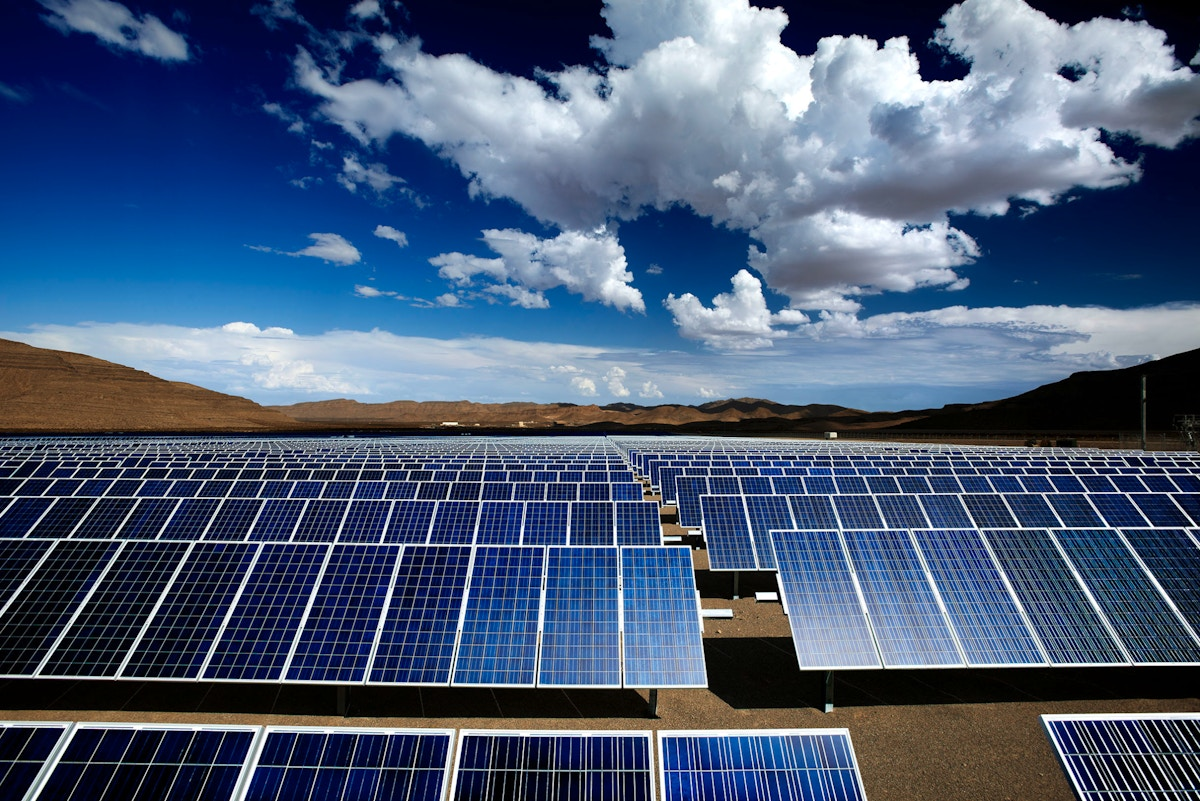
1. Site selection of the power station
When choosing the construction site of a photovoltaic power generation system or a power station, try to avoid placing it in locations and places that are prone to lightning strikes.
2. Arrange the lightning rod
The layout of the lightning rod should not only consider that the photovoltaic system equipment is within the protection range, but also try to avoid the projection of the lightning rod from falling on the photovoltaic square array components.
3. Reduce the probability of lightning strike
According to the site conditions, different protective measures such as lightning rods, lightning protection belts and lightning protection nets can be used to protect against direct lightning strikes and reduce the probability of lightning strikes. Regardless of whether it is a ground or roof photovoltaic power generation system, the component array of the system must be within the protection range of the lightning protection device. Generally, the photovoltaic array installed on the roof of a building can make use of the external lightning protection system of the original building as much as possible. If the original building has no grounding device or the grounding device does not meet the requirements of the photovoltaic power generation system, it is necessary to reset the lightning rod and grounding system. The frame of the battery module and the photovoltaic bracket must be reliably equipotentially connected to the lightning rod and the grounding system, and connected to the grounding system of the original building.
4. Arrangement of down conductors
Try to use multiple evenly arranged down conductors to guide the lightning current into the ground. The shunting effect of multiple down-conductors can reduce the voltage drop of the down-conductors, reduce the risk of side strikes, and reduce the magnetic field intensity generated by the leakage of the down-conductors.
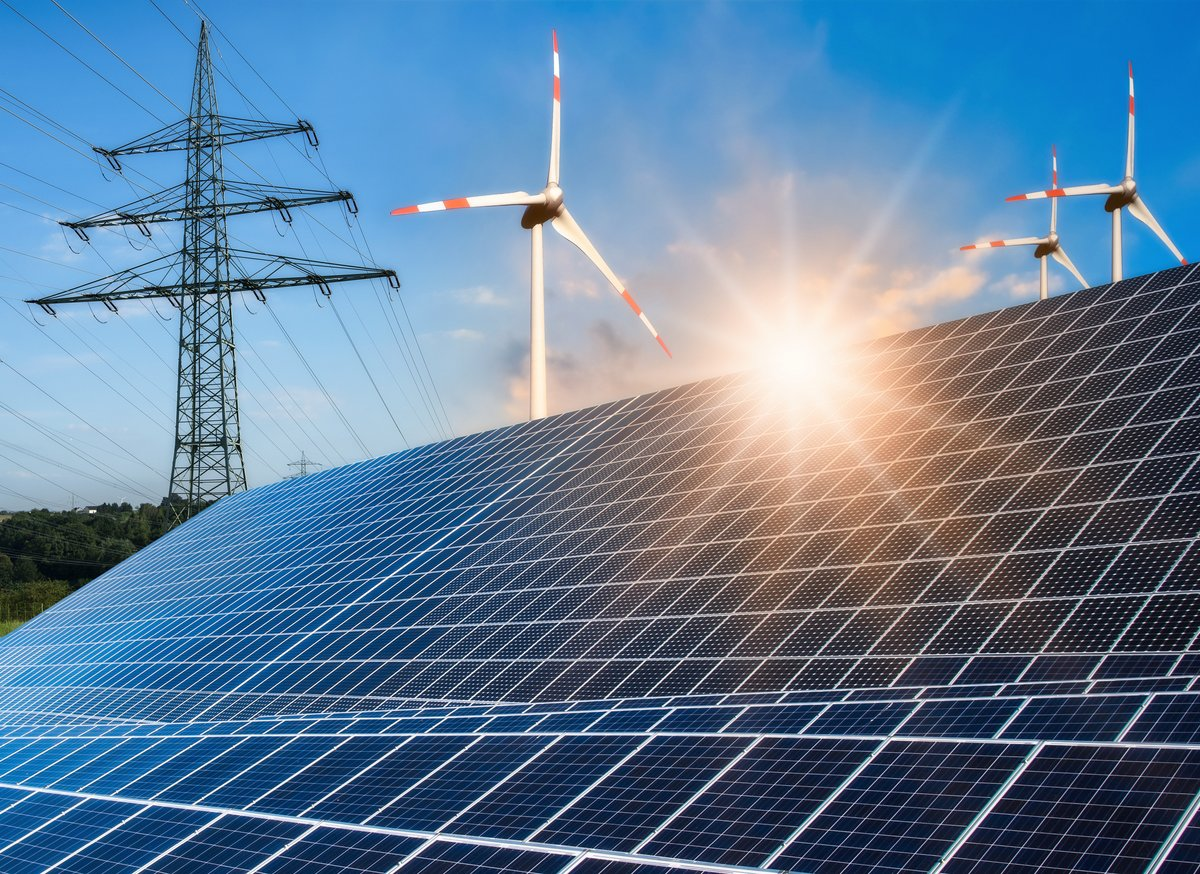
5. Each metal part is independently grounded
In order to prevent the electromagnetic pulse induced by lightning from causing potential difference and fault voltage between different metal objects in the system, which will cause harm to the system equipment, all metal objects in the entire photovoltaic power generation system, including the frame and bracket of the photovoltaic module; The metal shells of switches, controllers, various combiner boxes, and power distribution cabinets; metal conduits, trunkings, bridges; metal shielding layers of cables, etc. must be connected to the joint grounding body at the same potential and be grounded independently.
6. Install lightning protection devices
Install lightning protection devices (surge protectors) step by step on the system circuit to implement multi-level protection, so that lightning strikes or switch surge currents can be discharged through multi-level lightning protection devices. Generally, a DC surge protector is used in the DC line part of the photovoltaic power generation system, and an AC surge protector is used in the AC line part after the inverter

